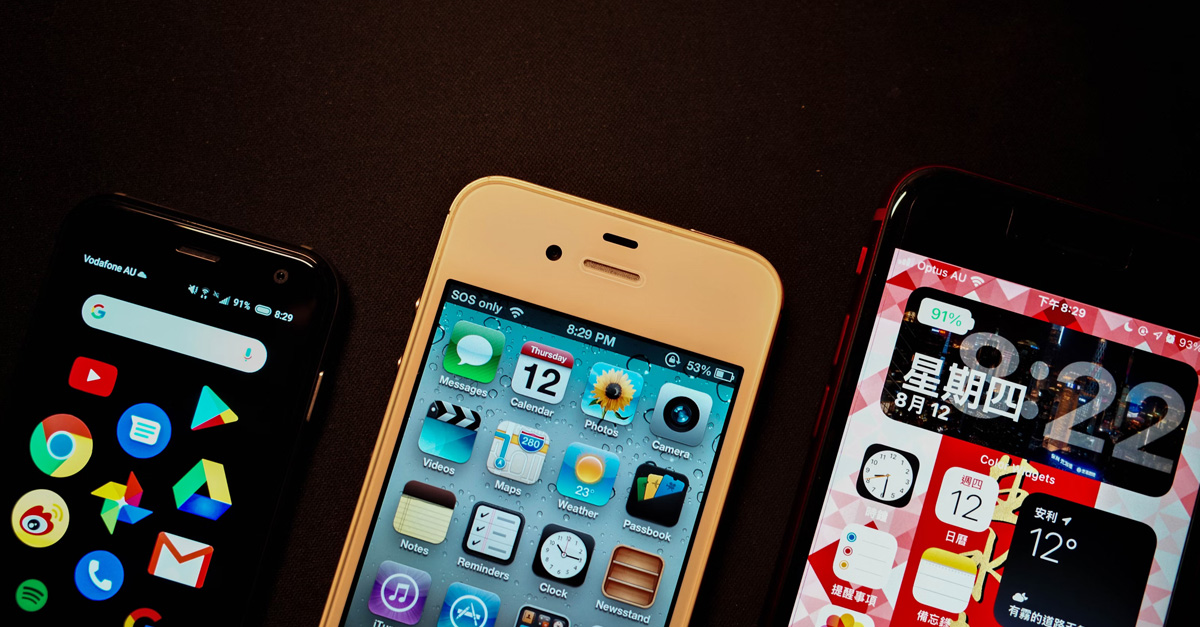
Push Notifications in Participant-Facing Apps
More Than Just a Reminder
Push notifications are often treated as a checkbox feature. It's simple to set up, assumed to be helpful, and rarely questioned. But in participant-facing apps, the way notifications are handled can make a real difference to compliance, satisfaction, and overall study success.
Used well, they help participants remember what they need to do and when. Used poorly, they irritate, overwhelm, or simply fade into the background.
What makes the difference is design, not visual design, but intentionality. The frequency, tone, timing, and relevance of each message matters more than the mechanics of how it’s sent.
Helpful vs Intrusive
A well-written push notification might look like this:
• “Hi Jamie, your Day 7 diary is ready to complete.”
• “Reminder: you have a video visit at 2pm today.”
• “Just a heads-up, tomorrow is your final check-in for this phase of the study.”
These examples are short, specific, and tied directly to the participant’s study experience. They’re not trying to grab attention for the sake of it... they’re reminders that respect the participant’s time and context.
Compare that to vague or poorly timed notifications:
• “Reminder: complete task.”
• “You have an item due.”
• “Don’t forget to use the app.”
These messages are easy to ignore. Worse, they start to sound like generic system alerts, which means participants stop taking them seriously... or turn them off entirely.
Avoiding Notification Fatigue
Even well-intentioned reminders can backfire if they come too frequently or at the wrong time. Participants vary in how much digital noise they’re willing to tolerate. Some might appreciate a daily nudge, while others find even two reminders a week overwhelming.
The most common mistakes include:
• Overusing daily reminders for low-urgency tasks
• Sending alerts at odd hours due to time zone mismatches
• Failing to adjust frequency as the study progresses
• Repeating the same language every time
The result is what’s sometimes called “notification fatigue”, a slow decline in response rates, app engagement, and participant satisfaction.
Building a Smarter Notification Strategy
The most effective studies treat notification planning like any other part of protocol design. Some practical steps include:
• Match frequency to task urgency: Use fewer reminders for passive tasks, more for time-sensitive events
• Use clear, participant-friendly language: “Check your log” is better than “Complete item”
• Respect context: Don’t send alerts during sleep hours, work hours, or right after another notification
• Personalise where possible: Use the participant’s name or reference specific study days
• Offer settings: Let participants choose whether they prefer email, SMS, or push alerts or how often they want to be reminded
Giving participants a sense of control can help prevent drop-off and reduce the sense of being managed by an app.
Redundancy Still Has Value
While push notifications are useful, they shouldn’t be the only method of communication. Devices run out of battery. Permissions get revoked. Apps get deleted.
A secondary channel - whether it’s email, SMS, or in-app banners - adds a layer of resilience. For important tasks (like eConsent or video calls), having more than one reminder method helps cover gaps and builds confidence that the study won’t lose track of participants due to a simple tech hiccup.
Even a weekly summary email can be valuable... especially for participants who prefer fewer interruptions or who are juggling multiple commitments.
Consistency Over Perfection
There’s no one-size-fits-all answer to notification design. But what works is consistency, clarity, and care. When participants feel supported (rather than nagged) they’re more likely to stay engaged, comply with study tasks, and complete the trial.
Notifications are small, but they’re daily. They’re one of the most frequent touchpoints participants have with a study. That means they’re also one of the most important.
Use the contact form here or email us at hello@trialflare.com














